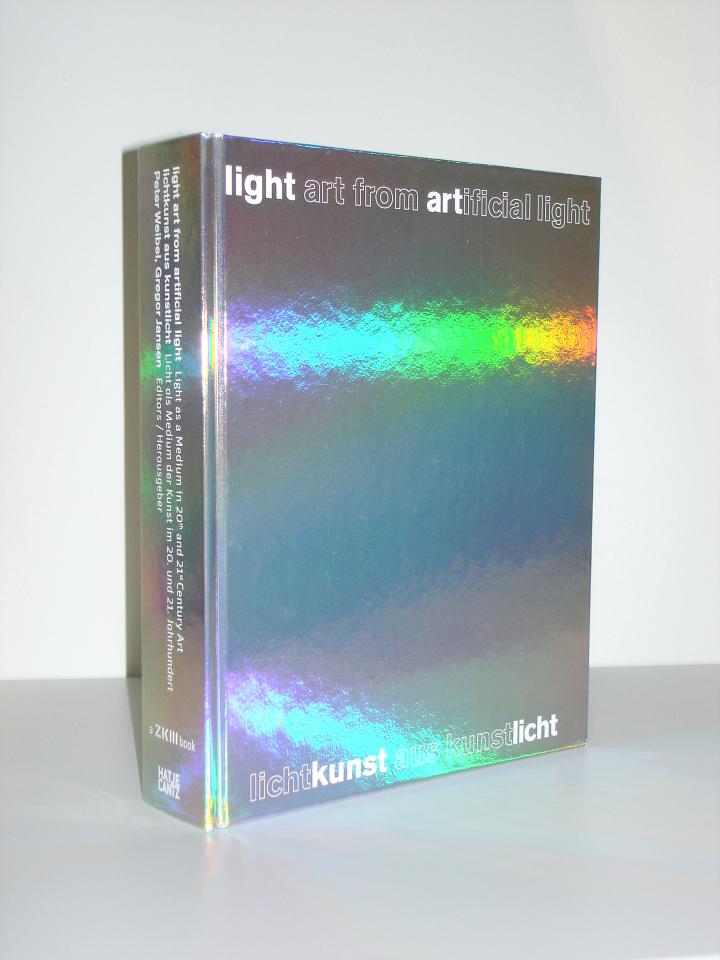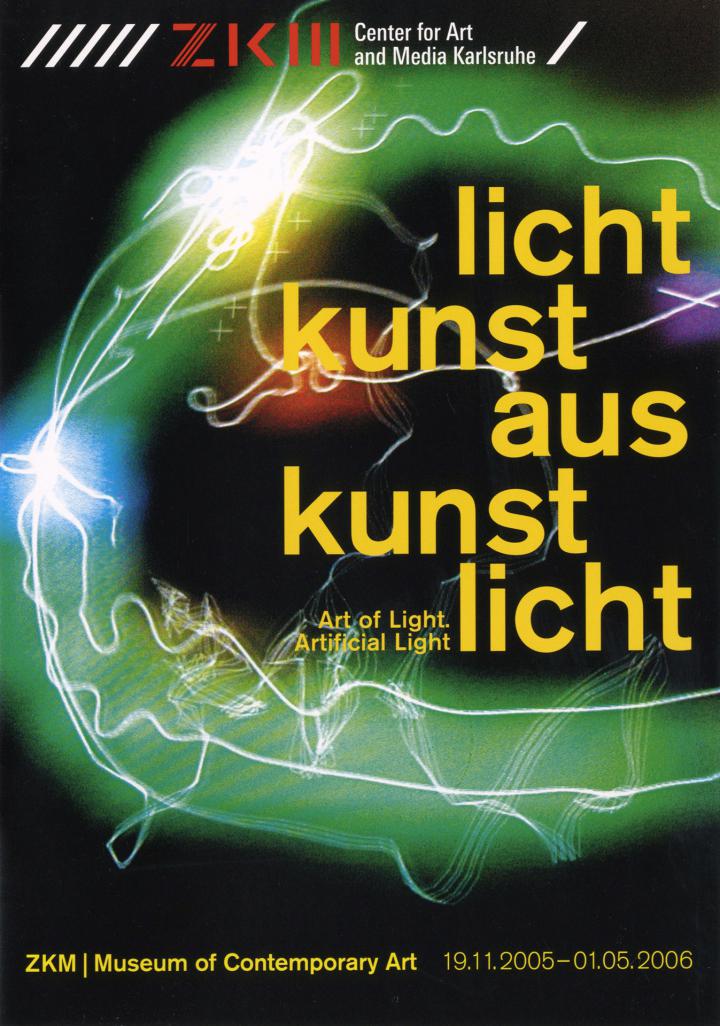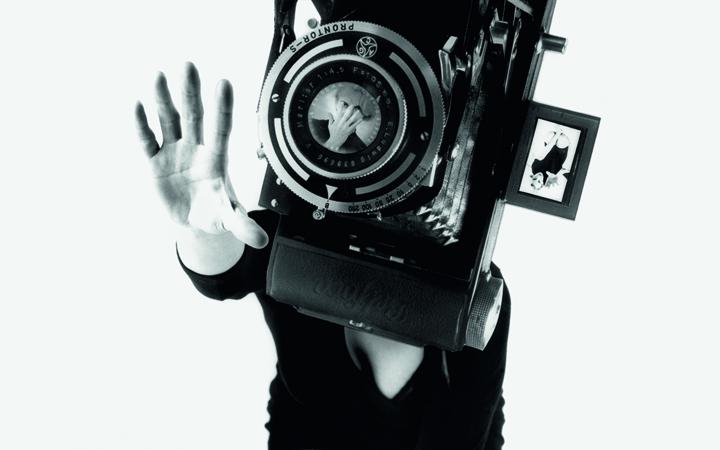Frank Joseph Malina
- Year of birth, place
- 1912, Brenham, Texas, United States
- Year of death, place
- 1981, Boulogne-Billancourt, France
- Biography
- Frank J. Malina studied mechanical engineering at Texas A&M University (grad. 1934) and at the California Institute of Technology (1935 M.S. mechanical engineering, 1936 M.S. aeronautical engineering, 1940 Ph.D. areonautics). Since 1934 involved in the Guggenheim Aeronautical Laboratory (GALCIT). 1942–1946 assistant professor at the California Institute of Technology. 1942 co-founder of the Aerojet Corporation. 1944 co-founder of the Jet Propulsion Laboratory, Pasadena, CA. Malina was its first director. 1944/1945 led team that developed WAC Corporal rocket, the first sucessful U.S. high altitude sounding rocket. 1947 consultant to the Department of Natural Sciences, UNESCO. 1951 became head of UNESCO’s division of scientific research. From 1953 engagement with Kinetic art. Late 1950s returned to rocketry and helped to found the International Academy of Astronautics. Since 1956 created the system Lumidyne. 1960 member of the founding committee of the International Academy of Astronautics and president of the Lunar International Laboratory Committee. 1960–1965 coeditor of »Astronomica Acta«. 1963 president of the International Academy of Astronautics. 1967 founder of the journal »Leonardo«.
Exhib.: 1961, »Bewogen Beweging«, Stedelijk Museum, Amsterdam. 1966, »KunstLichtKunst«, Stedelijk Museum, Amsterdam. 1968, »Cybernetic Serendipity«, Institute of Contemporary Arts, London.
Lit.: F. J. M., “Statement on Kinetic Painting,” in: Frank Popper (ed.), »KunstLichtKunst«, exhib. cat., Stedelijk Van Abbemuseum, Eindhoven, 1966, n. p. F. J. M., “Kinetic Painting: The Lumidyne System,” in: »Leonardo«, vol. 1, no. 1, 1968, pp. 25–33. F. J. M., “Différences entre la science et l’art: quelques réflexions,” in: »Leonardo«, vol. 1, no. 4, 1968, pp. 449–455.
[2010]
![Frank Joseph Malina, »Voyage II«, 1957, Light object; illuminant, electronics (does the object have electronics?), motor, painted Plexiglas panes, metal [check], 81 x 62 x 8 cm, ZKM | Center for Art and Media Karlsruhe. / © Frank Joseph Malina ; photo © ZKM | Center for Art and Media Karlsruhe, photo: Tobias Wootton Werk - Voyage II](https://zkm.de/sites/default/files/styles/r17_1280/public/bild/MNK_07284_9-2017_malina_voyage-II_001.jpg?itok=_QL6-a6G)









![View of exhibition »bit international. [Nove] tendencije«. In the centre: the computer-generated film »Hummingbird« (1968) by Charles Csuri. / © ZKM | Center for Art and Media Karlsruhe, Photo: Steffen Harms View of the exhibition »bit international«. On the left wall computer graphics are displayed. In the middle you see a projection of the film "Hummingbird" by Charles Csuri.](https://zkm.de/sites/default/files/styles/r17_720/public/bild/2008_bit-international_02.jpg?itok=c2wGCObc)